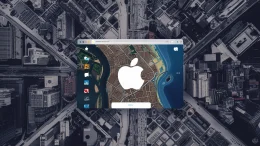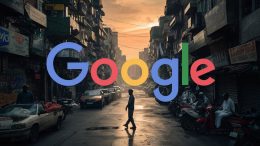Samsung is no stranger to OLED displays, as the Korean giant has pioneered their use and mass adoption through its Samsung Galaxy smartphones (and now uses AMOLED panels on its Tizen-powered Z series). The company has even dabbled into flexible displays, starting with the Galaxy Round, a device that, despite its inflexible nature, would let you turn up or down the volume by rolling the phone on its side. Out of that experiment came the Galaxy Note Edge, then the Galaxy S6 edge, and now the Galaxy S8 and Galaxy S8+ lineup for Android users.
Despite the mainstream “edge” design, though, Samsung is experimental at heart – which is what makes them a beloved company to watch. The company has created a Youm flexible display prototype, but Samsung has bigger plans in mind with Project Valley, a work-in-progress that is rumored to create the first true “phablet” (compound word created from “phone” and “tablet”) that lets you fold in and fold out when wanting to use the device as a phone or a tablet. Foldable displays are the next big thing in mobile tech, but displays need to become even more flexible to increase their use cases in everyday life and lead to mass market adoption. To this end, Samsung has showcased its first fully stretchable OLED display at Display Week 2017.
The stretchable OLED display has a 9.1-inch screen, going beyond even foldable displays in that one can stretch the display and watch its elastic nature return to its original shape when pressed while maintaining image quality. The display can be stretched by human hands, then return to its original shape. Some question the benefit of a display such as this but what Samsung is doing here is testing out the flexibility and durability of such a display, which could benefit the smartphone market in leading to the production of stronger, more durable displays that won’t crack when smartphones are dropped, or displays that flex when dropped to absorb the shock and impact but then return to their normal appearance after impact. If elasticity can absorb the impact of drops and bumps, displays have the potential to last longer and lead to fewer display repairs in the future.
For those who want to see the fully stretchable display in action, take a look at the video below.
Video
Most Popular Tech Stories
- Kelly Betting – How It Works and the Kelly Criterion Explained
- What are Pokies? – The Latest Guide to How Pokies Work in Australia
- AI industry needs annual revenues of more than the UAE’s GDP to offset costs
- Pepe Unchained Meme Token ICO Hits $2 Million – Could PEPU See a Post-Launch Surge Like PEPE?
- 4 Best Meme Coins to Buy with 100x Gains Potential – Top Picks for July 2024
Latest News
Does AI increase productivity at work? New study suggests otherwise
Artificial intelligence software reduces productivity and harms the working environment, according to a study from the freelance platform, Upwork. The findings appear to question how AI is being deployed at...
















